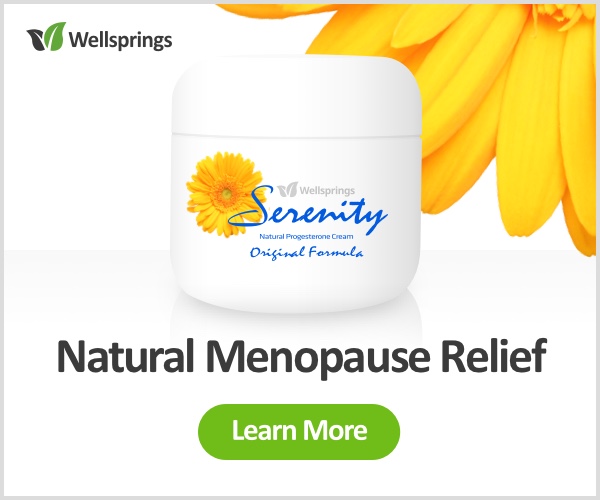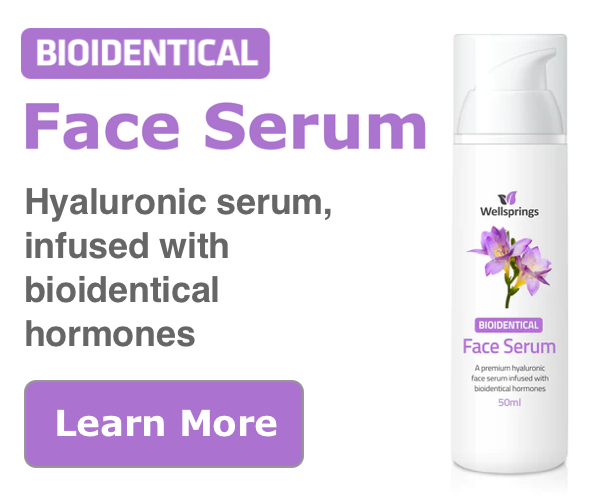7 Reasons Why Varicose Veins Can Happen
They can occur at any age and to avoid unsightly lumps take preventive action and check your hormone balance because low progesterone can be an important factor.

Varicose veins are enlarged blood vessels caused by weakening vein walls. For most women they are simply a cosmetic problem, but more advanced varicose veins can cause legs to ache or swell.
Progesterone can have a significant impact on overall vein health and the formation of varicose veins.
Low levels of progesterone have an important impact as its reduced presence can dilate small veins and make them more visible than they would be otherwise.
Veins in the legs have shown to be more sensitive to imbalances in progesterone so having good levels of this essential hormone is certainly helpful.
What are they?
Varicose veins are swollen and enlarged veins that usually occur on the legs and feet. They may be blue or dark purple, and are often lumpy, bulging or twisted in appearance.
Other symptoms include:
– aching, heavy and uncomfortable legs
– swollen feet and ankles
– burning or throbbing in your legs
– muscle cramps in your legs, particularly at night
– dry, itchy and thin skin over the affected vein
The symptoms are usually worse during warm weather or if you’ve been standing up for long periods of time. They may improve when you walk around or if you rest and raise your legs.
Types of varicose veins
There are several types of varicose veins, such as:
– trunk varicose veins – these are near to the surface of the skin and are thick and knobbly; they’re often long and can look unpleasant
– reticular varicose veins – these are red and sometimes grouped close together in a network
– telangiectasia varicose veins – also known as thread veins or spider veins, these are small clusters of blue or red veins that sometimes appear on your face or legs; they’re harmless and, unlike trunk varicose veins, do not bulge underneath the surface of the skin.
Causes of varicose veins
Varicose veins develop when the small valves inside the veins stop working properly.
In a healthy vein, blood flows smoothly to the heart. The blood is prevented from flowing backwards by a series of tiny valves that open and close to let blood through.
If the valves weaken or are damaged, the blood can flow backwards and collect in the vein, eventually causing it to be swollen and enlarged (varicose).
Risk factors
Certain things can increase your chances of developing varicose veins, such as:
1. Family history. Varicose veins tend to run in families.
2. Age and weight. The older you are and the more you weigh, the higher the risk.
3. Hormonal changes. Among women, hormonal changes associated with puberty, pregnancy and menopause can increase the risk of developing varicose veins, as can birth control pills and other drugs containing oestrogen and progestins such as HRT.
4. Incorrect sitting position. If you tend to cross your legs while sitting, you may increase your chances of developing varicose veins.
5. Inactivity. You can help prevent or minimize vascular problems in the legs by getting regular physical activity – it promotes healthy circulation and can help discourage weight gain and obesity – and by avoiding long periods of inactive standing. Try to elevate your legs whenever possible.
6. Standing for long periods. If your job or normal day involves a lot of standing and insufficient sitting this can increase your risk.
7. Low progesterone levels as its reduced presence can dilate small veins and make them more visible than they would be otherwise.
Helpful information:
If you know you have a genetic predisposition to varicose veins it is even more important to take preventive measures to avoid them where possible.
Ensuring good hormone balance with no oestrogen dominance symptoms is a start and rebalancing with bioidentical natural progesterone will help get that under control.
Progesterone can have a significant impact on overall vein health and the formation of varicose veins so ensure you have good levels in relation to your oestrogen.
A very old herbal remedy is also effective. Horse chestnut seed extract (HCSE) is widely used in Europe for chronic venous insufficiency, a syndrome that may include leg swelling, varicose veins, leg pain, itching and skin ulcers. The active ingredient in HCSE is believed to be escin, a compound that helps support normal vessel wall function.
But always speak to a GP if they are causing you pain or discomfort, or the skin over your veins is sore and irritated and/or the aching in your legs is causing irritation at night and disturbing your sleep.
As both weight gain and oestrogen dominance can increase your risk, a diet that helps with both those factors would be worth trying too so this article can help with that.
https://anna.blog.wellsprings-health.com/the-diet-to-help-beat-oestrogen-dominance/


















